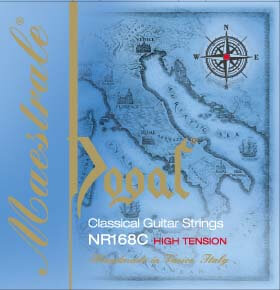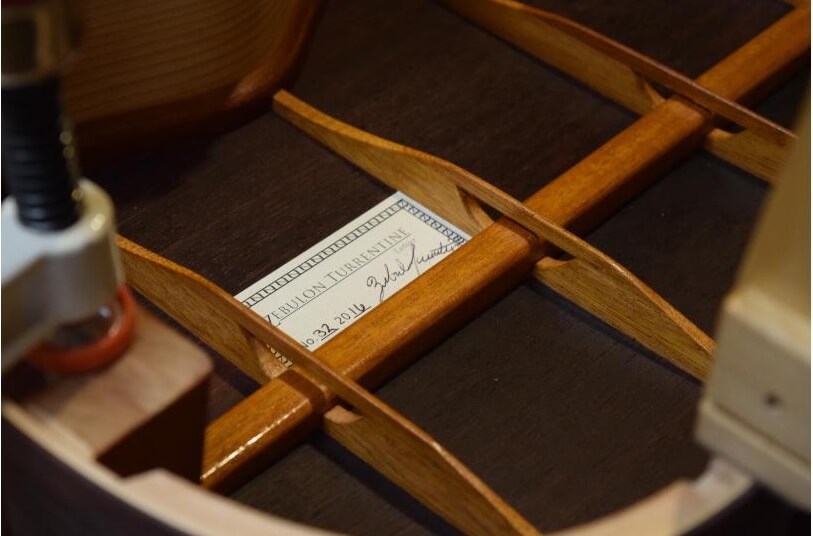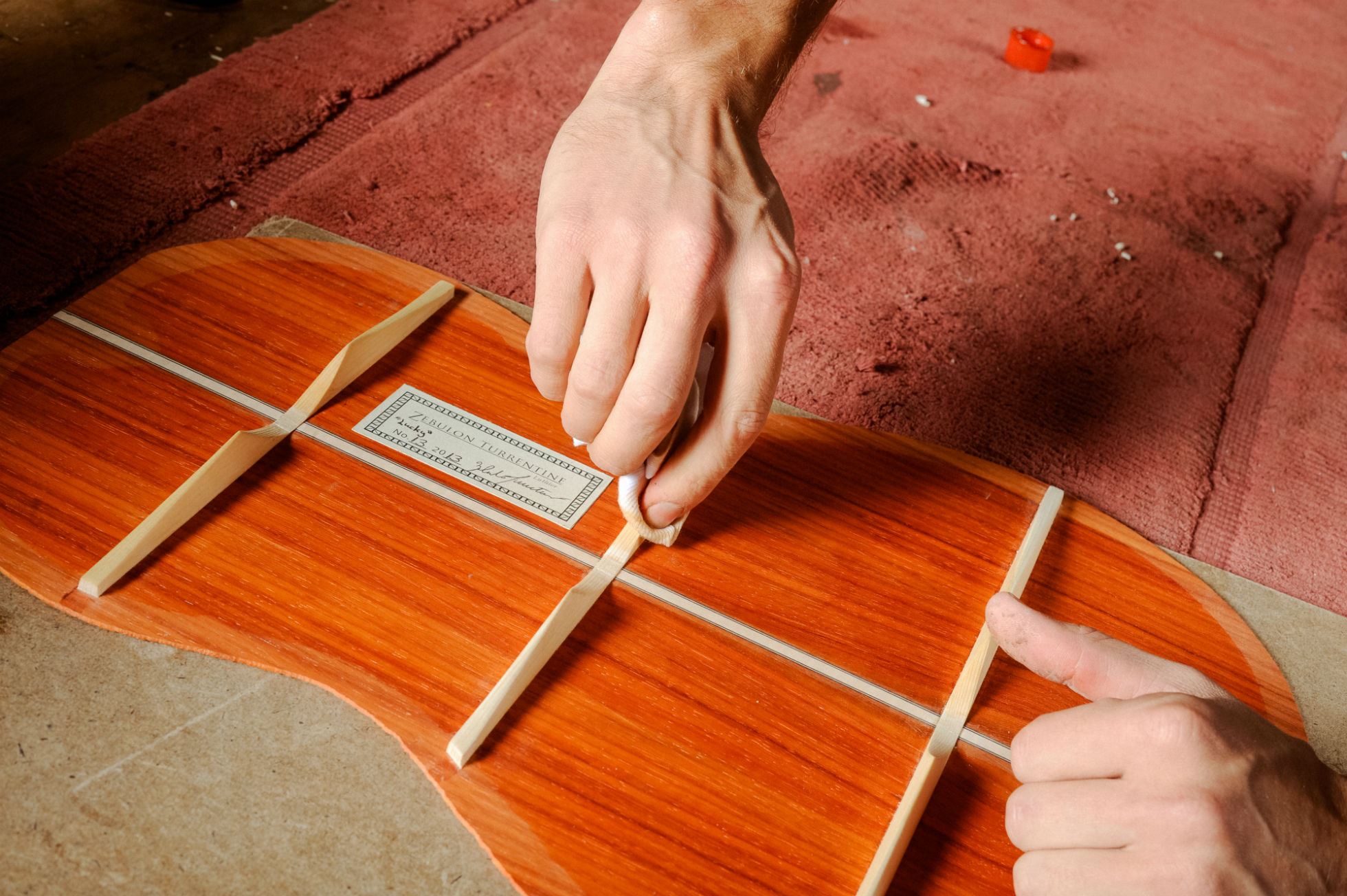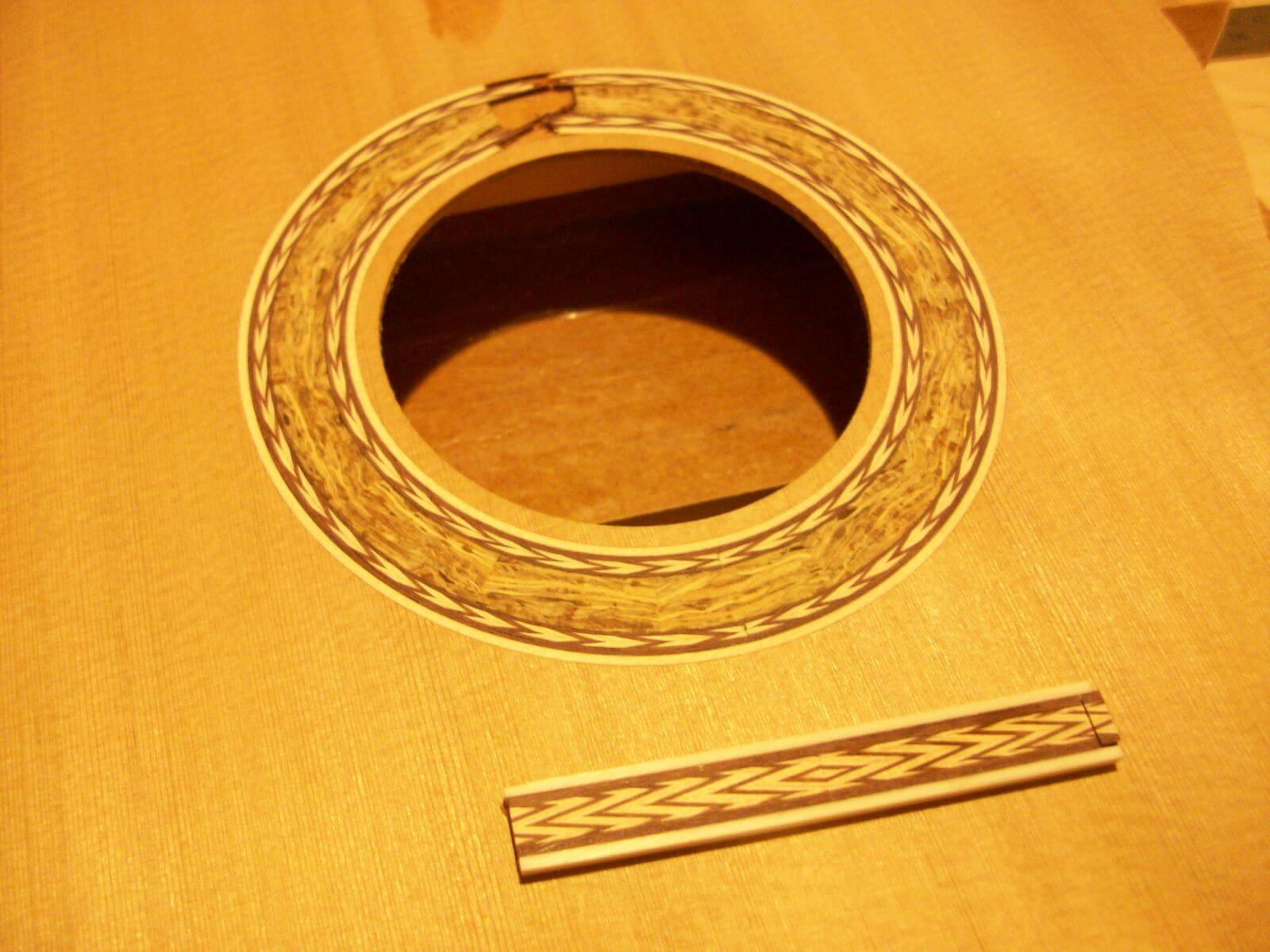Roland Dyens
Roland Dyens departure from the world of the living leaves a gaping hole in the classical guitar community. One of the best ways that we can give thanks for life is through our work. But we don’t show gratitude by always doing what’s expected and acceptable to everyone.
Roland Dyens showed gratitude for life by continually challenging the status quo and moving what was expected and acceptable a bit further and now that he is gone, what he brought to us will be greatly missed.





